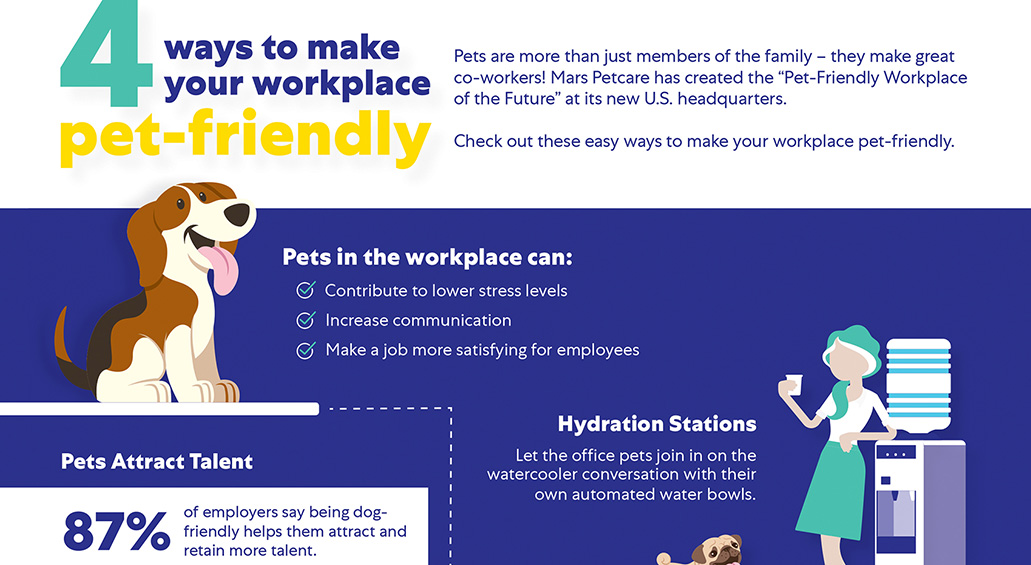At Mars Petcare, we believe so strongly in the benefits of pet-friendly businesses, we advocated to the FDA to provide clear guidance for dogs in outdoor dining areas. Members of the Mars Petcare team even attended the FDA’s Conference for Food Protection.
Progress for Cities and Pets
The 2022 Food Code of the U.S. Food and Drug Administration, which is the FDA’s advice to states for uniform provisions that address the safety of food at retail and in food service nationwide, now explicitly includes allowances for dogs in outdoor dining areas. Though the Food Code is most directly aimed at states, communities can implement all or parts of it at the local level too.
This means communities that want to be pet-friendly can implement local guidelines quickly and easily, without added work by local authorities to determine best practices.
The FDA encourages state, local, tribal and territorial partners to adopt the latest version of the FDA Food Code, and lists the benefits of it here.
What’s in the Food Code
Related to pets, section 6-501.115 of the Food Code, Prohibiting Animals, now says:
“If approved by the regulatory authority, food establishments may allow pet dogs in outdoor dining areas.”
The Food Code goes on to provide guidance to regulatory authorities in Annex 3:
“Food establishments that choose to allow pet dogs in outdoor dining areas must be approved to do so. There are public health concerns regarding the approval of pet dogs in outdoor dining areas that must be carefully considered and controlled. When developing a plan for approval there are key areas of consideration to address hazards associated with allowing pet dogs in outdoor dining areas, such as:
a) The vaccination status of the pet dog.
b) Ensuring consumers properly restrain or contain the pet dog and prevent the pet dog from serving as a source of contamination by preventing access to waitstaff, consumer food, utensils, linens, and single-service items, as well as food contact surfaces such as tables and chairs, including during entrance and egress.
c) Signage alerting patrons to increased risk and designated areas for pet dogs.
d) Ensuring compliance with local ordinances (for example: related to sidewalks, public nuisance, sanitation, size and breed restrictions, etc.).
e) Preparing or serving food and water to dogs, if done, how will those items be contained, designated, and handled to prevent cross-contamination with food, equipment, utensils, linens, and single service items for humans. Note: All food prepared and served to dogs must not be adulterated or misbranded and is subject to applicable law.
f) Maintaining the outdoor dining area, including the exterior walls and floors clean and ensuring surfaces that have been contaminated with dog excrement or other bodily fluids (urine, saliva, and vomit, etc.) are cleaned and sanitized.
g) Providing a covered refuse container exclusively to store all pet waste generated.
h) Developing a protocol for requesting that a pet dog owner remove from the establishment any dog that menaces, threatens or bites any person or other dog, and reporting said incident to the appropriate health authority.”
Where to Learn More
You can get more information and download the entire FDA 2022 Food Code here.
Want more tips? Check out the Pets on Patios Toolkit for tips to help cities, business and pet parents make outdoor dining pet friendly.





 Your Privacy Choices
Your Privacy Choices